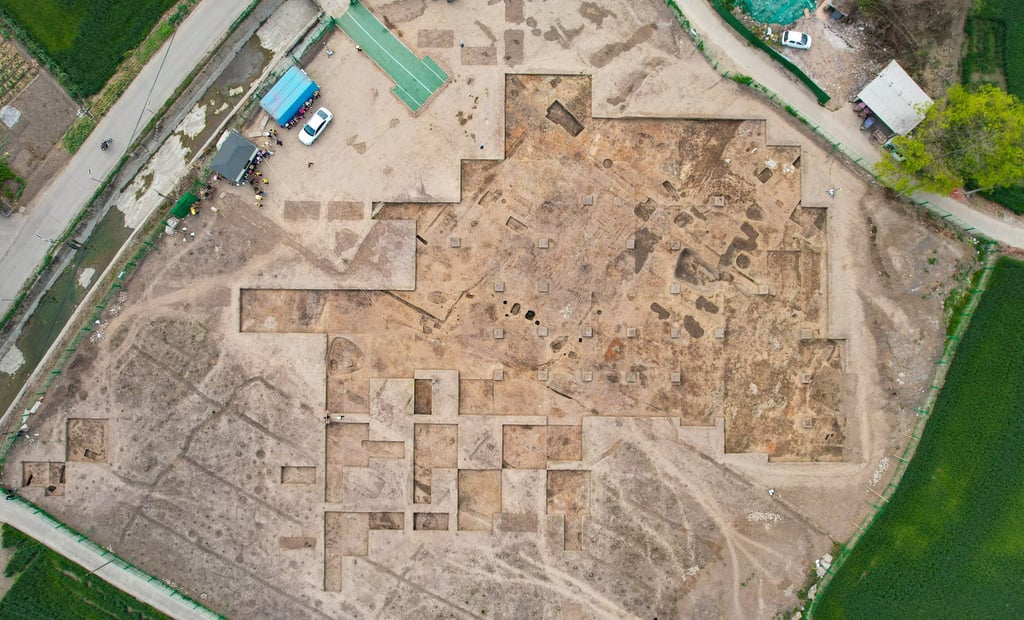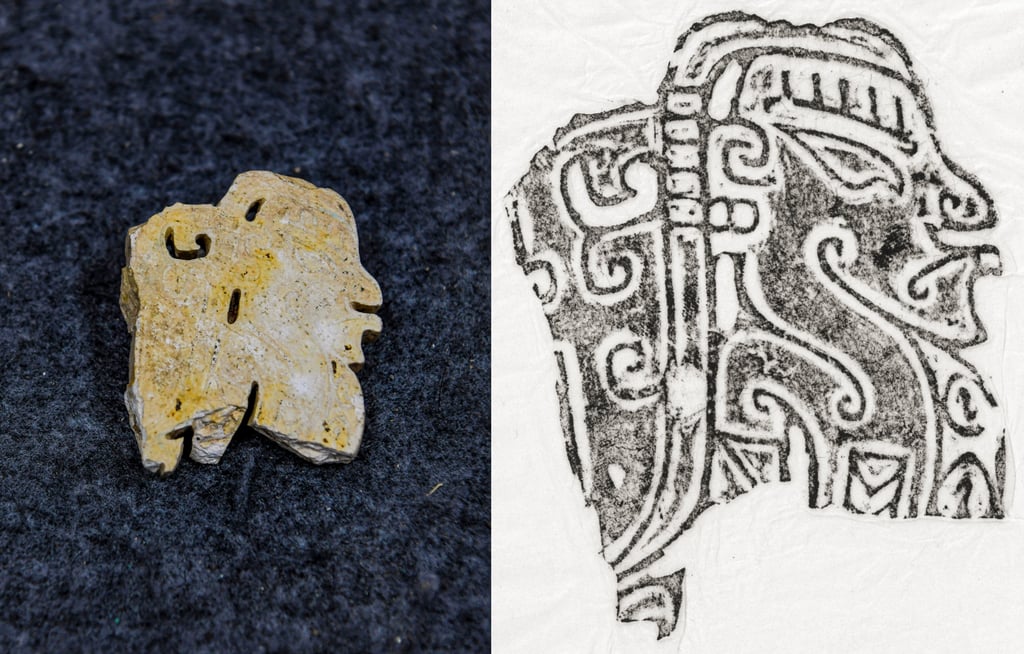Chinese archaeologists unearth 3,400-year-old jade workshop at Sanxingdui ruins

Sanxingdui is considered one of the most important archaeological discoveries of the 20th century, providing a glimpse into a little-known culture that flourished more than 3,000 years ago in what is now Sichuan province.
“There are more than 17,000 cultural relics that have been unearthed at Sanxingdui [from its six sacrifice pits]. We have only completed cleaning and conservation of more than 4,000 artefacts, so there are still more than 12,000 artefacts to be restored,” said Yu Jian, deputy director of the Sanxingdui Museum.
The Sanxingdui ruins are believed to be at the heart of the mysterious Shu kingdom of 4,500 years ago.
However, no written records have been found to explain where these ancient people came from or the significance of the relics they left behind.

Findings from Sanxingdui have distinctive regional characteristics and have been viewed as symbols of the diversity within ancient Chinese civilisation.
“We also found some artefacts indicating cultural exchanges between Sanxingdui and other regions,” said Xu Danyang, deputy director of the Sanxingdui Site Workstation of the Sichuan Provincial Institute of Cultural Relics and Archaeology.
“The findings also illustrate the set of values behind the handicraft industry in Sanxingdui. The technology is closely related to other regions in China and is an important part of Chinese civilisation,” Xu said.
The jade and stone processing site was located near previously unearthed sacrificial pits. It was discovered alongside other new findings, including an aqueduct and city gates that revealed more about the layout of the ancient city.
Xu said the main axis of the ancient city ran from northwest to southeast, showing that the ancient Shu people adapted to the local geography based on the direction of mountains and rivers.
“Such a layout not only facilitated the collection of water for production and living but also facilitated the use of waterways for external communication, reflecting advanced ideas about urban construction,” Xu said.